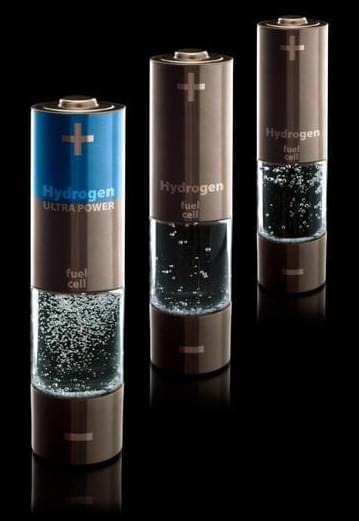This could be the end of battery fires and protect battery supply from geopolitical risks.
Researchers at Texas A&M University in the U.S. have been exploring metal-free water-based battery electrodes that could one day be used for a wide range of applications, in place of the lithium-ion batteries popular today.
Lithium-ion batteries are at the core of the electrification of transportation that countries around the world are undertaking to reduce their carbon emissions. While the U.S. has ambitious plans to go shift to this cleaner way of transportation, it is also well aware of its shortcomings in this area.








